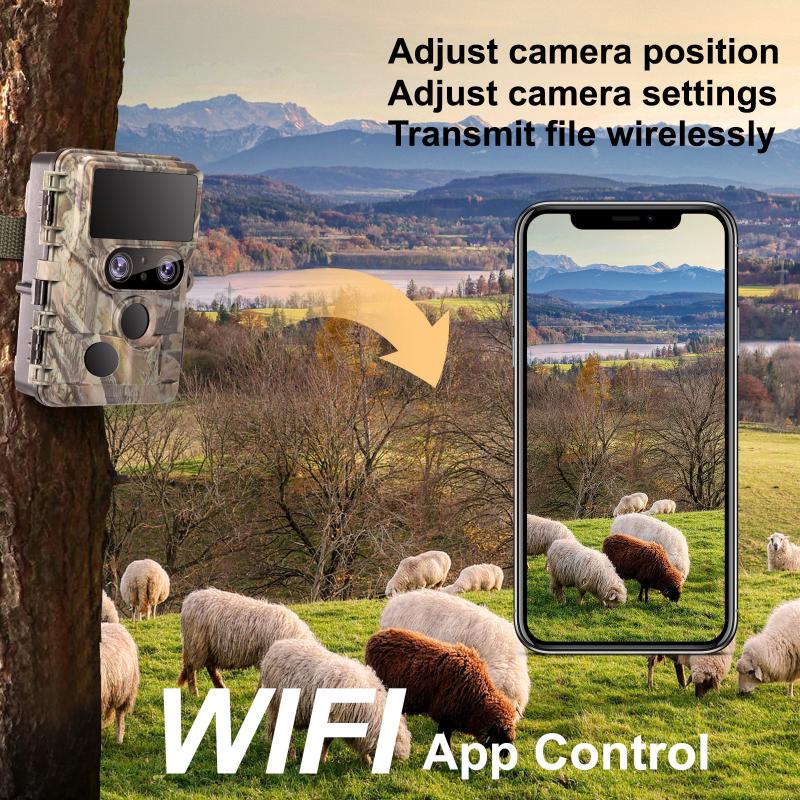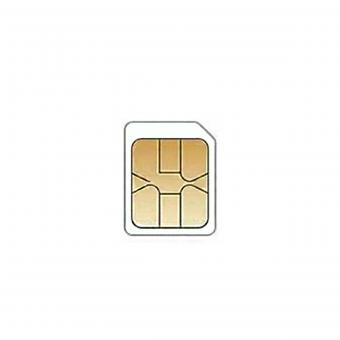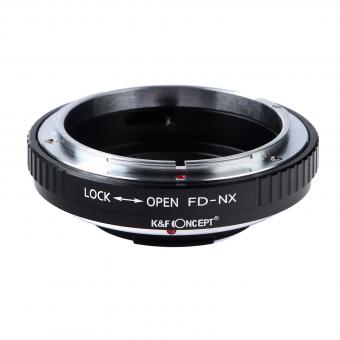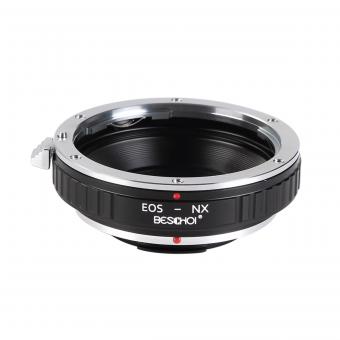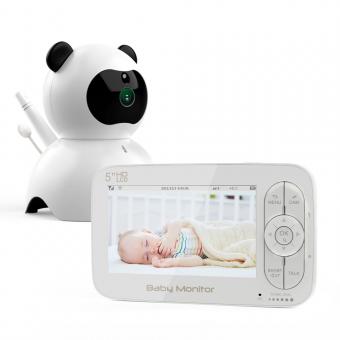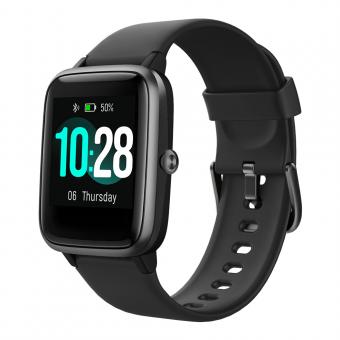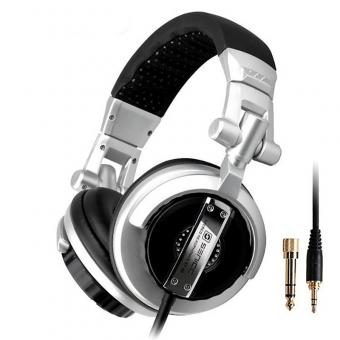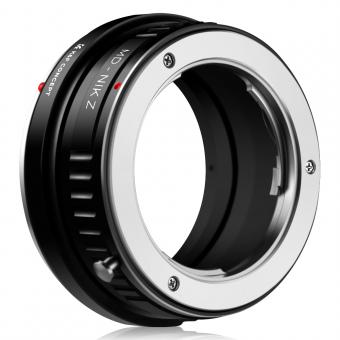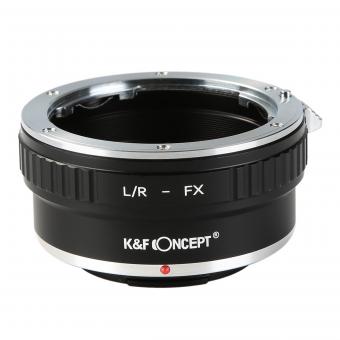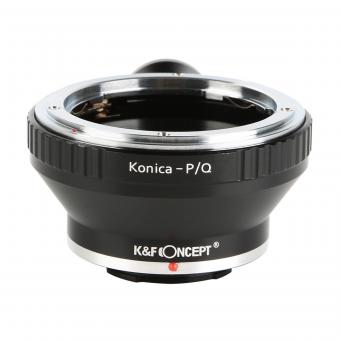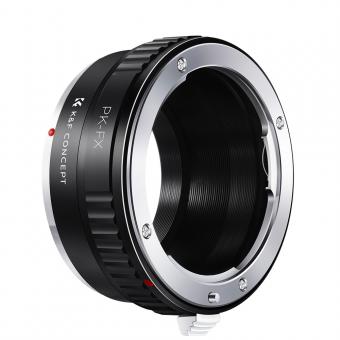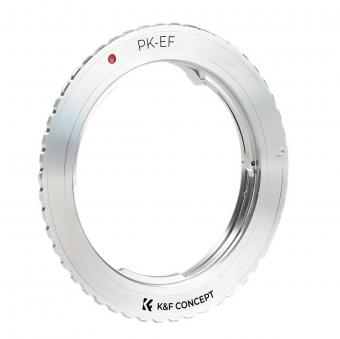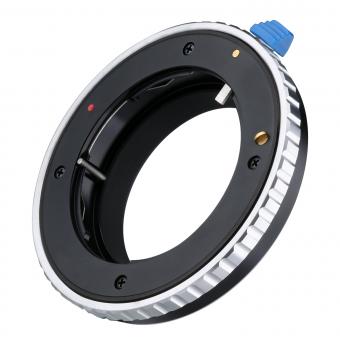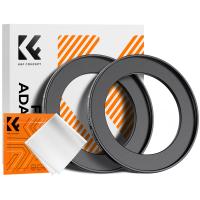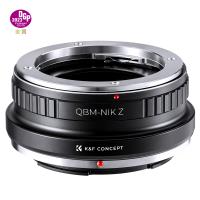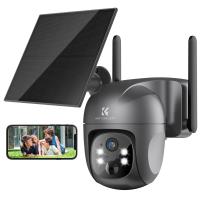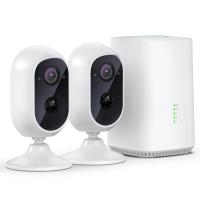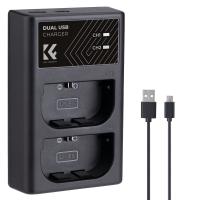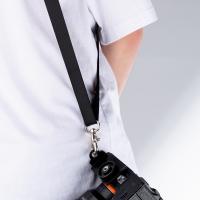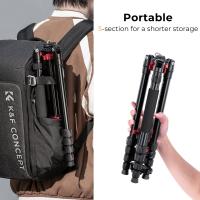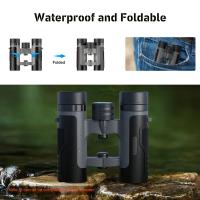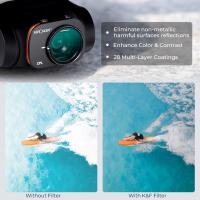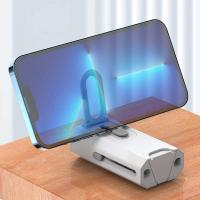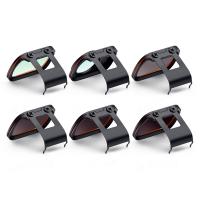How To Mount Samsung Monitor Without Vesa ?
If your Samsung monitor does not have VESA mounting holes, you may consider using alternative mounting options. One option is to use a monitor arm or stand that clamps onto the edge of the desk. Another option is to use adhesive mounting brackets specifically designed for non-VESA monitors. These brackets attach to the back of the monitor and provide a VESA-compatible mounting surface. Additionally, you can explore DIY solutions such as building a custom mount or using a wall-mounting system that does not require VESA compatibility. It is important to ensure that any alternative mounting method you choose is secure and can support the weight of your monitor.
1、 Using an adapter bracket for non-VESA monitors
One way to mount a Samsung monitor without VESA compatibility is by using an adapter bracket specifically designed for non-VESA monitors. These adapter brackets are available in the market and can be easily found online or in electronics stores.
To mount your Samsung monitor using an adapter bracket, follow these steps:
1. Determine the size and weight of your monitor: Before purchasing an adapter bracket, make sure it is compatible with the size and weight of your Samsung monitor. Check the specifications of both the monitor and the adapter bracket to ensure a proper fit.
2. Purchase the adapter bracket: Look for an adapter bracket that is designed to fit your specific Samsung monitor model. There are various adapter brackets available, so choose one that suits your needs.
3. Attach the adapter bracket to the monitor: Follow the instructions provided with the adapter bracket to securely attach it to the back of your Samsung monitor. Make sure to use the appropriate screws and ensure a tight fit.
4. Choose a mounting option: Once the adapter bracket is securely attached, you can choose a mounting option that suits your preference. This could include using a wall mount, a desk mount, or any other compatible mounting solution.
5. Mount the monitor: Follow the instructions provided with the chosen mounting option to securely mount your Samsung monitor. Make sure to follow all safety guidelines and ensure a stable installation.
Using an adapter bracket for non-VESA monitors provides a convenient solution for mounting Samsung monitors that do not have VESA compatibility. It allows users to enjoy the benefits of mounting their monitors while ensuring a secure and stable installation.

2、 Utilizing a desk mount with adjustable clamps
One way to mount a Samsung monitor without VESA compatibility is by utilizing a desk mount with adjustable clamps. These types of mounts are designed to attach to the edge of a desk or table, providing a stable and secure mounting solution for monitors that do not have VESA mounting holes.
To mount a Samsung monitor using this method, start by selecting a desk mount that is compatible with the size and weight of your monitor. Make sure to choose a mount that has adjustable clamps, as this will allow you to securely attach the monitor to the desk.
Once you have the desk mount, position it on the edge of your desk where you want the monitor to be mounted. Adjust the clamps to fit the thickness of your desk, ensuring a tight and secure grip. Then, carefully place the monitor onto the mount, making sure it is centered and level.
Tighten the clamps on the mount to secure the monitor in place. It is important to ensure that the monitor is securely attached to the mount to prevent any accidents or damage.
Utilizing a desk mount with adjustable clamps is a practical solution for mounting a Samsung monitor without VESA compatibility. It provides a stable and adjustable mounting option that can be easily installed and adjusted to suit your needs.
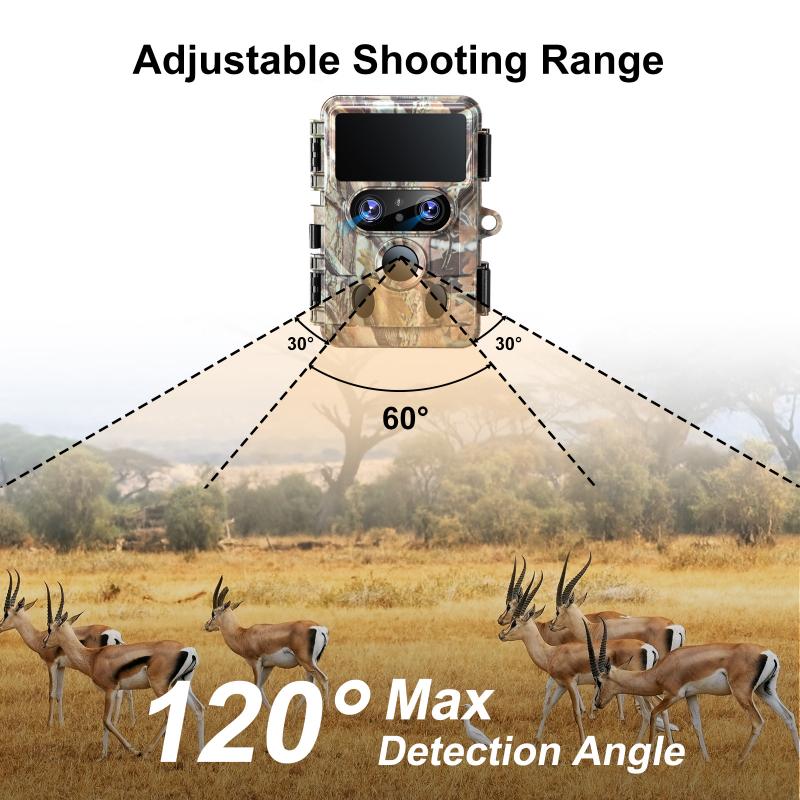
3、 Creating a DIY mounting solution with brackets or clamps
If you have a Samsung monitor that doesn't have VESA mounting holes, there are still ways to mount it without having to purchase a new monitor or drilling holes in your wall. One option is to create a DIY mounting solution using brackets or clamps.
To start, you'll need to find brackets or clamps that are compatible with your monitor's size and weight. There are various types of brackets available, such as adjustable brackets or universal brackets, which can be found online or at hardware stores. Make sure to choose brackets that are sturdy enough to support your monitor securely.
Once you have the brackets or clamps, you can attach them to the back of your monitor using adhesive or screws, depending on the design of the brackets. Make sure to follow the instructions provided with the brackets and ensure that they are securely attached.
Next, you'll need to find a suitable mounting surface. This could be a desk, a wall, or even the back of another monitor. Attach the brackets or clamps to the mounting surface using screws or adhesive, again following the instructions provided.
Finally, carefully place your monitor onto the brackets or clamps, ensuring that it is securely held in place. Adjust the angle and position of the monitor as needed for optimal viewing.
It's important to note that while this DIY solution can work for mounting a Samsung monitor without VESA, it may not be as secure or adjustable as a traditional VESA mount. Additionally, make sure to consider the weight and size of your monitor when choosing brackets or clamps to ensure they can support it properly.
Overall, creating a DIY mounting solution with brackets or clamps can be a cost-effective alternative to purchasing a new monitor or drilling holes in your wall.

4、 Using a wall mount with adjustable arms or brackets
Mounting a Samsung monitor without VESA compatibility can be a challenge, but there are alternative solutions available. One option is to use a wall mount with adjustable arms or brackets. These mounts are designed to be versatile and can accommodate monitors of various sizes and shapes, including those without VESA mounting holes.
To mount a Samsung monitor without VESA, start by selecting a wall mount that is compatible with your monitor's size and weight. Look for a mount that offers adjustable arms or brackets, as these will provide flexibility in positioning the monitor. Make sure to check the weight capacity of the mount to ensure it can support your monitor securely.
Once you have the wall mount, follow the manufacturer's instructions for installation. Typically, this involves attaching the mount to the wall using screws and anchors, and then attaching the adjustable arms or brackets to the back of the monitor. Adjust the arms or brackets to the desired position and tighten the screws to secure the monitor in place.
It's important to note that using a wall mount with adjustable arms or brackets may not provide the same level of stability as a VESA mount. The monitor may be more prone to wobbling or tilting, especially if it is a larger or heavier model. Therefore, it's crucial to regularly check the mount's stability and make any necessary adjustments to ensure the monitor remains securely in place.
In conclusion, using a wall mount with adjustable arms or brackets is a viable solution for mounting a Samsung monitor without VESA compatibility. However, it's important to consider the monitor's size and weight, as well as the stability of the mount, to ensure a secure and safe installation.
